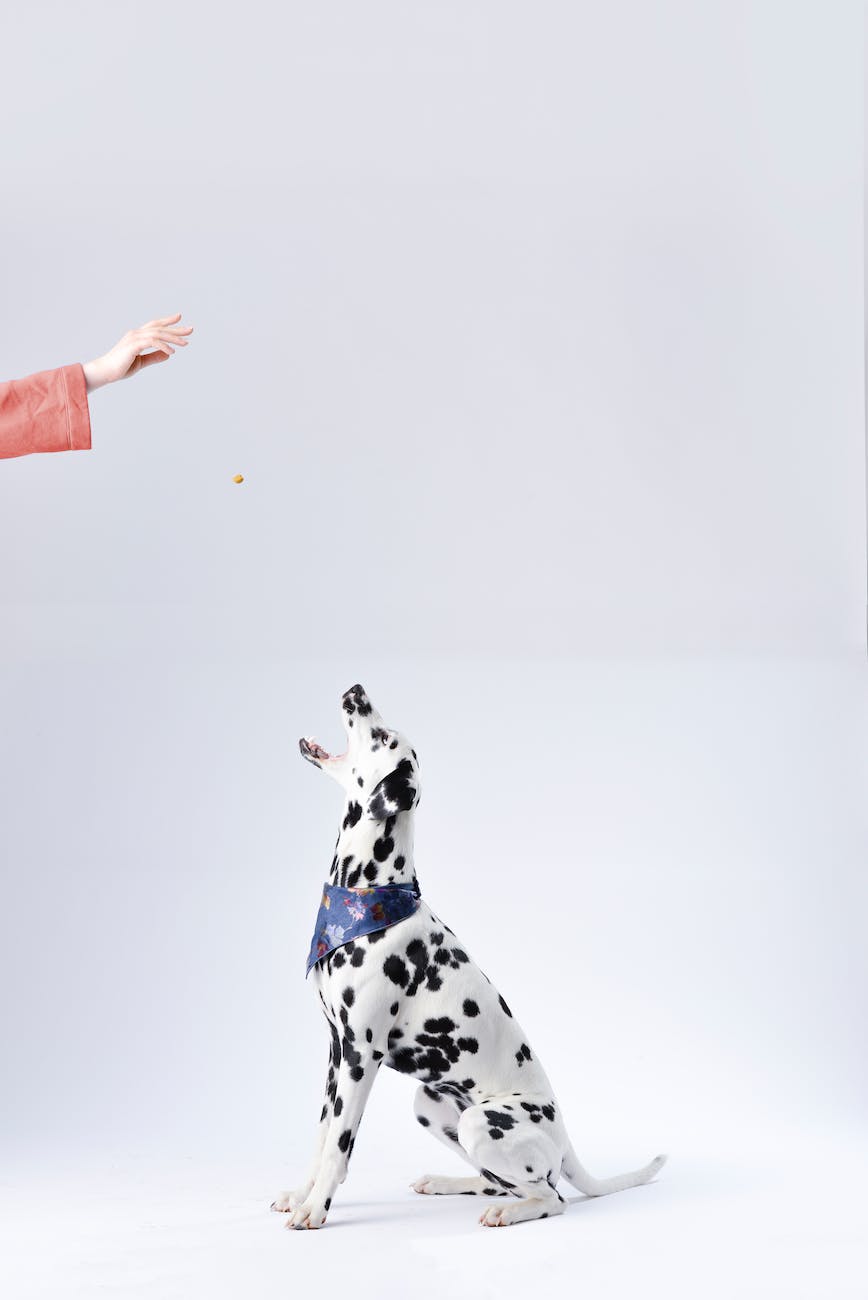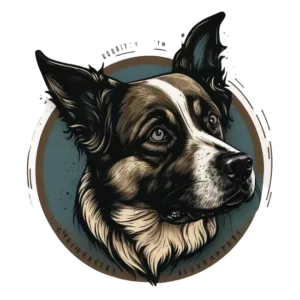
Training a pet can be an overwhelming experience for many new owners. Thankfully, there are different ways to train your dog or puppy and one of the most successful methods is The Good Dog Way – using positive reinforcement training techniques. This post will explore what positive reinforcement dog training is, how it works, advantages and disadvantages, when to use it, rewards you can offer, and using commands in combination with rewards.
Introduction to The Good Dog Way
The Good Dog Way is a method of dog training that focuses on reinforcing desired behaviors while managing unwanted behaviors. By utilizing reward-based systems, dogs learn quickly which behaviors lead to something they like and begin repeating those behaviors more often. This type of training is based on the principle of operant conditioning; if a behavior produces desirable results (rewards), it is more likely to occur again in the future. It allows us to shape our pets’ behavior by providing them with incentives when they do something we want and removing access to resources when they engage in something we don’t want.
History of Positive Reinforcement Dog Training
Positive reinforcement has been used as an effective training technique since the late 19th century. Behaviorists such as Edward Thorndike, B.F Skinner, and John Watson were among the first to observe how animals respond to positive reinforcement and apply these principles in their experiments. Later on, trainers started incorporating some of these same ideas into animal training. Today, it is widely accepted as one of the most humane and effective forms of dog training available.
What is Positive Reinforcement?
Positive reinforcement is defined as any stimulus (e.g., treat, toy) that increases the probability that a certain behavior will happen again in the future. It uses rewards to encourage desired behaviors and eliminate undesirable ones. Rewards could range from verbal praise and physical affection to treats and toys. Generally speaking, rewarding good behavior and ignoring bad behavior tends to produce better results than punishing bad behavior.
How Does Positive Reinforcement Work?
When a dog performs a behavior that you would like him/her to repeat, you should immediately reward him/her with something he/she likes (e.g., food, toy). Over time, this creates a strong association between the behavior and the reward so that the dog starts to understand that performing that particular action leads to something pleasurable. As a result, the dog learns faster and retains the learned information for longer periods of time compared to other methods of training.
Advantages of Using Positive Reinforcement
One of the major benefits of using positive reinforcement is its effectiveness in teaching complex behaviors. Because the reward acts as a motivator, it helps keep the dog focused and motivated throughout the entire training process. Additionally, it strengthens the bond between owner and pet, promoting trust and understanding between both parties. Finally, this type of training reduces stress levels in dogs by providing them with clear expectations and boundaries.
Disadvantages of Positive Reinforcement
Although positive reinforcement is a highly effective form of dog training, it does have some downsides. For example, it requires consistency from the owner; without consistent rewards for desired behaviors, the dog may become confused and less likely to perform those behaviors again. Furthermore, not all dogs respond positively to rewards; some dogs may require additional guidance or motivation before they start displaying desired behaviors consistently.

When to Use Positive Reinforcement
Positive reinforcement should always be used in conjunction with other methods of training such as redirection and corrections for bad behaviors. It should never be used exclusively because it won’t address serious behavioral issues or help teach complicated skills. Additionally, punishments such as yelling or hitting should never be used during training as they only cause fear and confusion in dogs.
Types of Rewards You Can Offer
Rewards can come in many forms including verbal praise (e.g., “Good boy!”), physical affection (e.g., petting or cuddling), treats (e.g., cheese or hotdogs), toys (e.g., balls or chew bones), and playtime (e.g., fetch or tug-of-war). The key is finding out what motivates your pup the most and offering those rewards whenever he/she displays a desired behavior. Keep in mind that different types of rewards work better for different types of behaviors – for instance, food might be more motivating for learning commands whereas toys are better for obedience exercises.
Using Commands in Combination with Rewards
In order for positive reinforcement to be truly effective, it must be combined with commands. Whenever your pup displays a desired behavior, give him/her a command associated with that behavior followed by a reward once he/she successfully complies with it. For example, if you want your pup to sit down, give him/her the command “sit” followed by a reward (treats or verbal praise) after he/she successfully follows through with it. Consistency is key here; make sure you use the same commands every time so your pup knows exactly what he/she needs to do in order to get rewarded.
Conclusion
The Good Dog Way is a great way to train your pet using positive reinforcement techniques. By focusing on rewarding good behavior while managing unwanted behaviors, you can create an environment where your pup feels safe and secure while also learning quickly what you expect from them. With consistent rewards, clear commands, and patience, your pup will soon develop desirable habits that last long-term.



